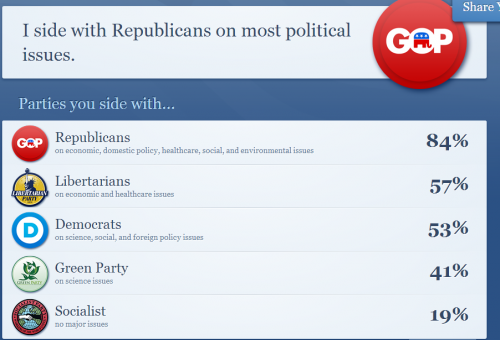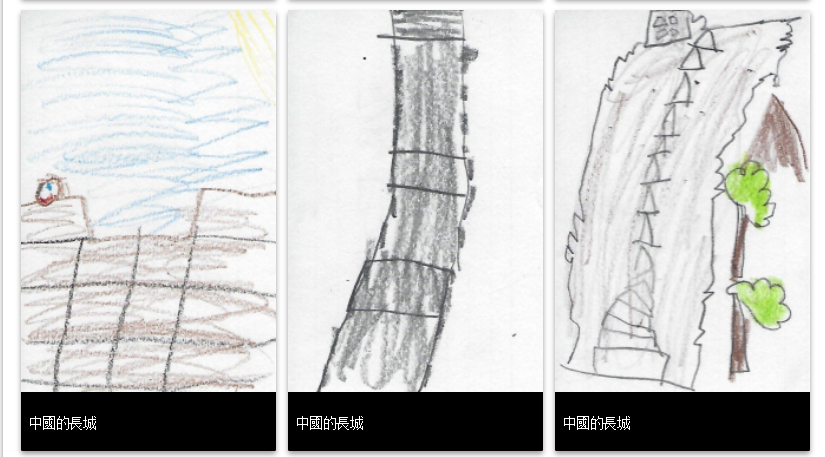Emily Pierce, Deep Run High School
Summary
An essential ingredient of a democratic society is an informed electorate. In US Government classes, students are exposed to a variety of concepts designed to help participants understand the ‘uniqueness’ of the United States’ political system and society.
To fully comprehend the US political system, students must understand competing (and conflicting) political ideologies as such beliefs and principles have existed and guided the country since the dawn of the republic. In the current dominance of the two party system in the United States, students must be able to differentiate between the political parties’ ideologies.
Through lecture, class discussions, and online resources, students are exposed to the concept of political ideologies. They are encouraged to examine their own personal political ideologies. Once they gain an understanding of such ideologies plus the development of their own political beliefs, they complete an online survey. The survey provides a visual representation allowing students to discern how their beliefs fit into the ideologies of current political parties.
After submitting the survey and viewing their results, students reflect on what they knew prior to the survey, what they learn as a result of completing the survey, and what they want to learn more about. Having ‘blogged’ throughout the school year via their class’ web log, they create responses to a ‘KWL (rearranged into a KLW) prompt. Through uploaded posts, students share beliefs (and elaborate on newly-gained understandings and awareness) with their peers, teacher and the world at large.
TIPC Ratings
Although the primary focus of this short-term lesson is communication, collaboration and critical thinking, this lesson is rated as developing (in terms of RIF.) During this activity, students analyze their “I Side With” survey data, construct questions for – and speculate on – what they would like to investigate next, and organize their post responses on the class blog.
Though they are not collaborating in smaller teams, students realize that blogging on a shared space across time and distance is a different and deeper type of collaboration, and as such blogging is powerful method of communicating ideas to a much larger audience. This lesson is rated as approaching as students ‘blog’ their responses to the KLW prompt while reflecting on their role as thinkers, communicators and collaborators.
Students respond to the KWL prompt by providing information about what they learn during the processes. In a tangible way, the blog authors show awareness of their own thinking and learning, a powerful process known as metacognition. The students’ responses to the prompt are deeply personal and very powerful. For these reasons, this lesson is rated as high approaching in terms of critical thinking.
This lesson is rated as approaching as students analyze the trends of their own beliefs via the detailed graphics provided by the online survey site. Students create meaningful and personal responses moving beyond the guidelines of the assignment. Although it is not specifically mentioned as a goal for growth, the prompt encourages students to reflect on the results, reflect on their own ideologies – and how they were formed, as well as reflecting on concepts and ideas they’d like to explore more fully.
Download Files
- Lesson Plan Document (contains link to survey, scoring guide and student posts)






